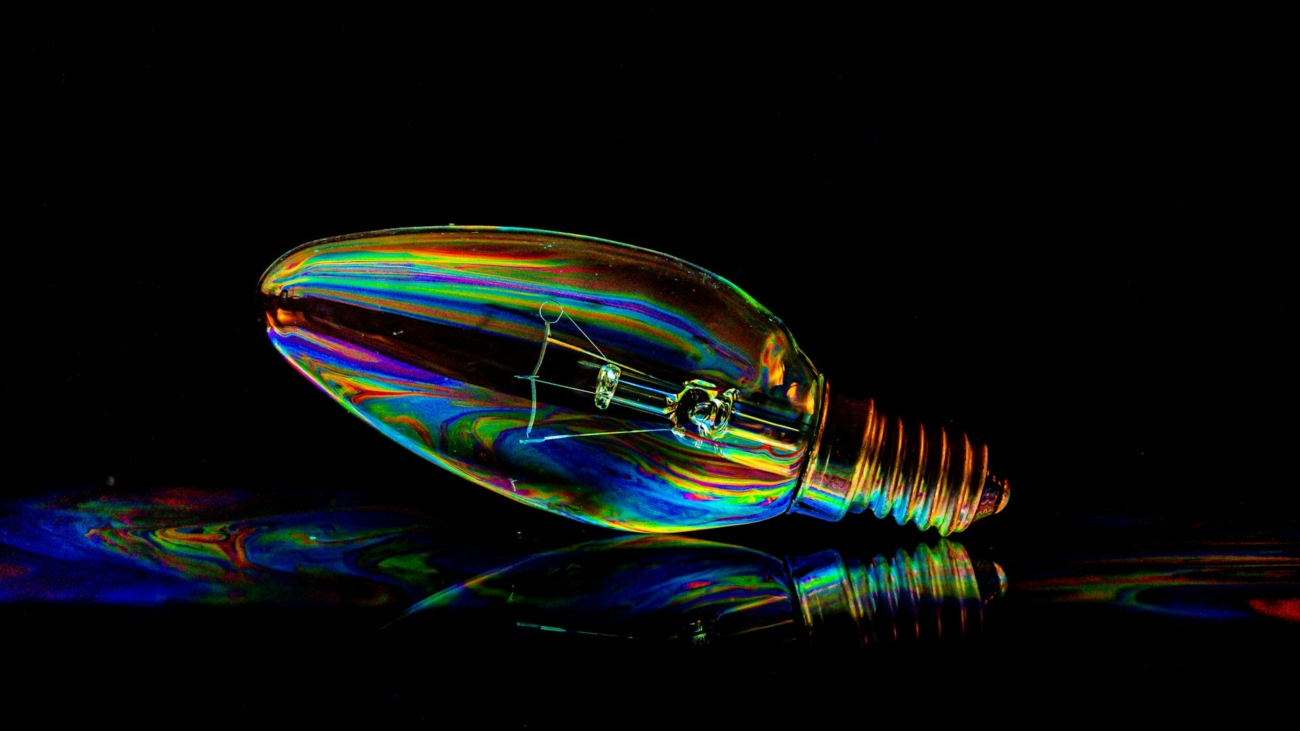The global transition towards renewable energy is essential for reducing carbon emissions and combating climate change. Renewable energy grids, which integrate sources like solar, wind, and hydro power, are central to this transition. However, managing these grids presents unique challenges due to the intermittent nature of renewable energy sources. This article explores renewable energy grid mechanisms, the role of advanced analytics and sensors in real-time monitoring, and strategies for integrating quick-response and high-load systems. We also discuss the key challenges and methods to enhance the resilience and reliability of renewable energy grids.
Renewable Energy Grid Mechanisms
Solar Energy Integration
Solar energy grids use photovoltaic (PV) panels to convert sunlight into electricity. These grids require inverters to convert the DC output of PV panels into AC, which is used in the power grid. Energy storage systems, such as batteries, are essential to store excess energy generated during peak sunlight hours for use during cloudy periods or nighttime.
Wind Energy Integration
Wind energy grids harness power from wind turbines. The fluctuating nature of wind speeds requires sophisticated control systems to stabilize power output. Wind energy is often complemented by other renewable sources or energy storage systems to ensure a consistent power supply.
Hydropower Integration
Hydropower grids use the kinetic energy of flowing water to generate electricity. Unlike solar and wind, hydropower provides a more stable and controllable energy source. Pumped hydro storage systems can store excess energy by pumping water to higher elevations, releasing it to generate electricity when needed.
Real-Time Monitoring Using Advanced Analytics and Sensors
IoT Sensors and Data Collection
The integration of IoT sensors into renewable energy grids enables real-time monitoring of various parameters such as energy production, weather conditions, and grid health. These sensors collect data continuously, providing insights into the performance and efficiency of the grid.
Advanced Analytics
Advanced analytics tools process the vast amounts of data collected by IoT sensors. Machine learning algorithms can predict energy production based on weather forecasts, optimize energy storage usage, and detect anomalies that could indicate potential failures. Real-time data analytics help grid operators make informed decisions to balance supply and demand, ensuring grid stability.
Quick Response Systems
Quick response systems, such as battery storage and demand response programs, can rapidly respond to fluctuations in energy supply and demand. These systems store excess energy when production is high and release it when production drops, maintaining grid balance.
High Load-Bearing Systems
High load-bearing systems, like pumped hydro storage and large-scale battery farms, provide long-term energy storage solutions. These systems can support the grid during extended periods of low renewable energy production, such as during prolonged cloudy or windless days.
Integration of Quick Response and High Load-Bearing Systems
Coordinated Control Systems
Coordinated control systems integrate quick response and high load-bearing systems to manage energy flow efficiently. These systems use real-time data to determine when to deploy quick response solutions or draw from high load-bearing systems, ensuring a stable energy supply.
Hybrid Energy Storage Solutions
Hybrid energy storage solutions combine different types of storage systems, such as batteries and pumped hydro, to leverage their respective strengths. Batteries provide rapid response to short-term fluctuations, while pumped hydro offers long-term storage capacity.
Key Challenges in Renewable Energy Grids
Intermittency and Variability
The primary challenge of renewable energy grids is the intermittent and variable nature of sources like solar and wind. This intermittency can lead to imbalances between energy production and demand.
Grid Stability and Reliability
Maintaining grid stability and reliability with a high penetration of renewable energy requires sophisticated control systems and backup solutions to address fluctuations in energy production.
Energy Storage
Effective energy storage is crucial for balancing supply and demand. Current storage technologies need further advancement to meet the large-scale storage needs of renewable energy grids.
Infrastructure and Integration
Integrating renewable energy into existing grid infrastructure requires significant investment and upgrades. Compatibility issues and the need for new transmission lines can pose challenges.
Methods to Enhance Resilience and Reliability
Advanced Energy Storage Technologies
Investing in advanced energy storage technologies, such as next-generation batteries and hydrogen storage, can improve the grid’s ability to store and release energy as needed, enhancing resilience.
Demand Response Programs
Demand response programs encourage consumers to reduce or shift their energy usage during peak demand periods. These programs help balance supply and demand, reducing strain on the grid.
Smart Grid Technologies
Smart grid technologies enable real-time monitoring and control of the energy grid. Features like automated demand response, self-healing capabilities, and decentralized energy management enhance grid reliability.
Microgrids
Microgrids are localized energy grids that can operate independently from the main grid. They enhance resilience by providing backup power during grid outages and integrating local renewable energy sources.
Grid Modernization and Upgrades
Modernizing grid infrastructure with advanced materials and technologies can improve grid efficiency and reliability. Upgrades may include high-efficiency transformers, superconducting cables, and enhanced grid management systems.
Policy and Regulatory Support
Supportive policies and regulations are essential for the successful integration of renewable energy. Incentives for renewable energy development, streamlined permitting processes, and clear grid interconnection standards can facilitate grid expansion and modernization.
Conclusion
Renewable energy grids are pivotal in achieving a sustainable energy future. Integrating advanced analytics, IoT sensors, and innovative storage solutions can enhance real-time monitoring and grid management. By addressing key challenges and implementing strategies to improve resilience and reliability, we can ensure that renewable energy grids provide a stable and sustainable power supply. As technology advances and supportive policies are enacted, renewable energy grids will continue to evolve, playing a crucial role in the global transition to clean energy.

